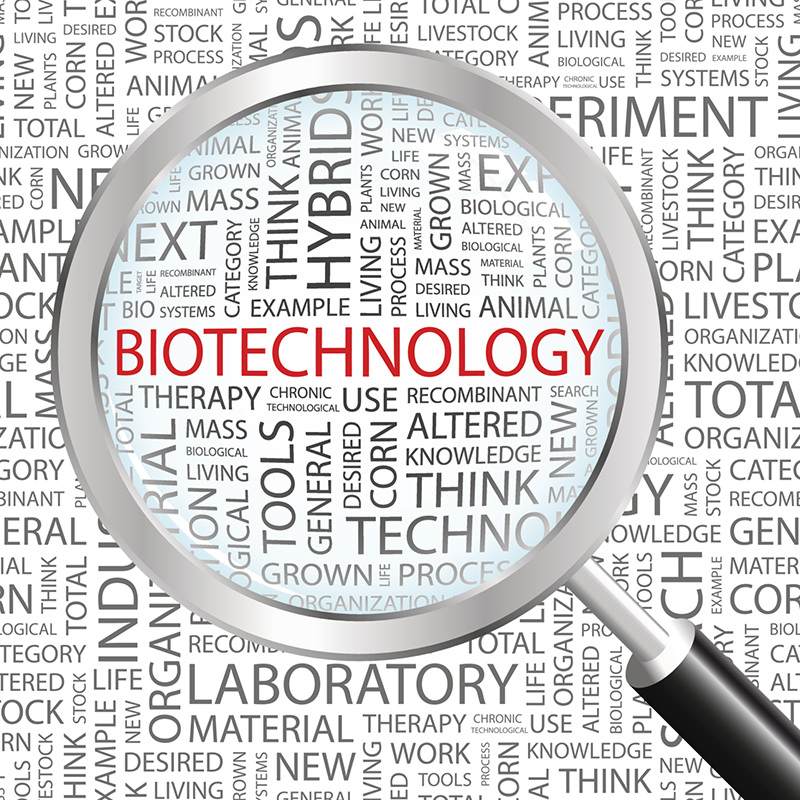

Remember in February when I wrote about the introduction of the Genetically Engineered Food Right to Know Act in the House (H.R. 1699) and Senate (S. 511), and I was so excited that a mandatory-GM-labeling bill was on the floor? I’m not excited anymore. The Right to Know Act stalled in both the House and Senate committees and has never been heard from again. Its antithesis, though, is alive and kicking, having last week passed 275 to 150 in the House.
The Safe and Accurate Food Labeling Act (H.R. 1599)—also called the Deny Americans the Right to Know (DARK) Act by opponents—was introduced shortly after the Right to Know Act. This bill shuts down mandatory GMO-labeling programs, thereby keeping us in the dark about where our food comes from. I keep saying this, and I think some readers keep not believing me, but I don’t care if you eat GM foods. I am not even completely anti-GMO, but I am completely against the damaging effects of the production of some GM crops. I am absolutely for food literacy, food democracy and food choices—GMO labeling being chief among those. I think a lot you agree with me, and I hope you’ll want to act on your beliefs.
This Bill’s Basics
If passed by the Senate and signed into law by the President as it stands, the Safe and Accurate Food Labeling Act will:
- Require food developers to notify the Food and Drug Administration if their food has been genetically modified or contains GMOs and must state that it has determined that it is as safe as a comparable non-GMO food. If the FDA disagrees with the food developer’s statement and determines that there is a material difference between a GM food and a comparable non-GM food, the FDA can specify labeling that informs consumers of the difference. In short, we’re relying on the food manufacturer—the one who stands to profit from not having a GMO label—to assure us that their GM food is A-OK.
- Mandate that a food label can only claim that a food is non-GM if the ingredients are subject to certain supply-chain-process controls. A food can be labeled as non-GM even if it is produced with a GM processing aid or enzyme or derived from animals fed GM feed or given GM drugs. I don’t like this part at all.
- Not allow food labels to suggest that non-GMO foods are safer than GMO foods. This is similar to the disclaimer on dairy products from cows that were not treated with the artificial hormones recombinant bovine growth hormone (rBGH) or recombinant bovine somatotrophin (rBST).
- Allow GM food to be labeled as GMO but will not require it. Current labels like Non-GMO Project Verified are still in the clear.
- Regulate the use of “natural” on food labels. It’s about time someone did something about this totally misleading label, but there’s no word right now on what kind of regulations will be put in place.
- Establish a program to certify non-GM food. The USDA already announced a program like this, so I’m curious to see what this part of the bill actually means.
- Preempt state and local restrictions on GMOs or GMO food and labeling requirements for GMOs, GMO food, non-GMO food or “natural” food. Vermont can kiss its mandatory-GMO-labeling law goodbye. This is the part that upsets me the most. From the perspective of not wanting each state to have its own set of GMO-labeling laws, sure, this makes sense. But this is also the government’s way of telling us we don’t deserve to know where our food comes from.
What To Do If You Care
When I wrote about labeling earlier this year, there was not even a version of the Safe and Accurate Food Labeling Act under consideration in the Senate. Now that this bill has passed the House, though, it’s on to the Senate for debate. This is an absolute tipping point, so it’s even more important that you voice your opinion, whatever it is.
This is the part where I beg you to speak up! If you’ve read this far into this blog entry, you clearly care about the future of food and where your food comes from. Please put your ideals where your mouth is and let your senator know where you stand on the issue.
Four easy steps that will take 15 minutes:
- Find your senators’ telephone numbers.
- Make notes about what you’d like to say when you have the opportunity to leave a voicemail or to talk with a nice intern or staff member who handles the legislator’s food and ag concerns.
- Make the call, just like in this video.
- Ask a friend or three or everyone you know to do the same!




